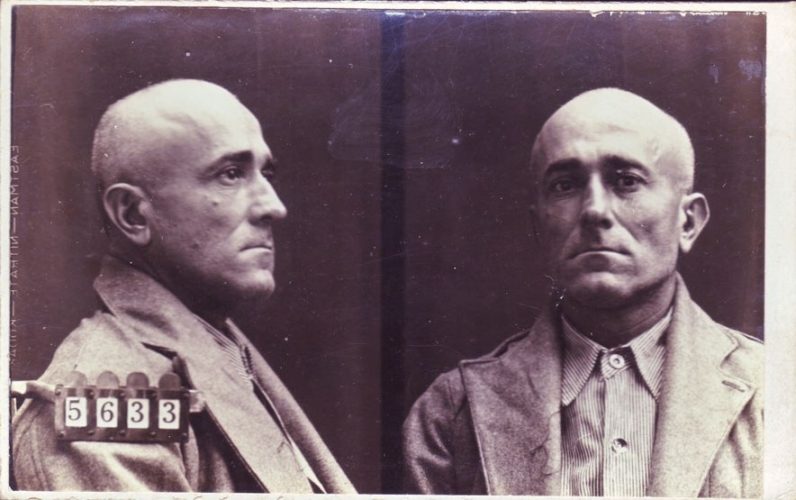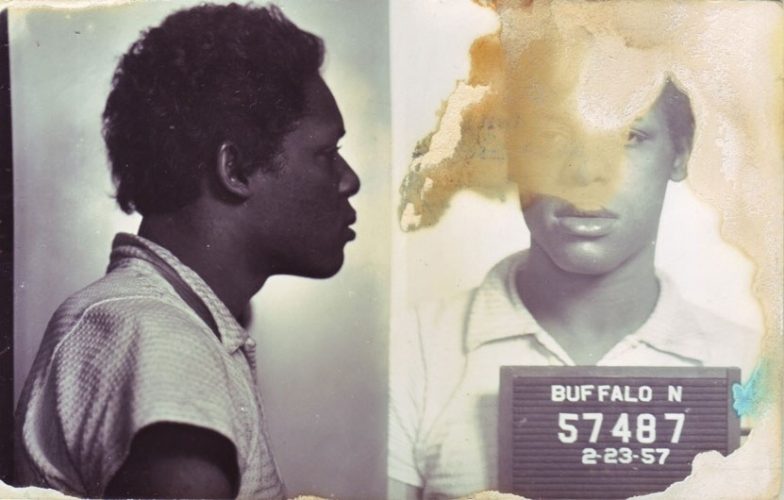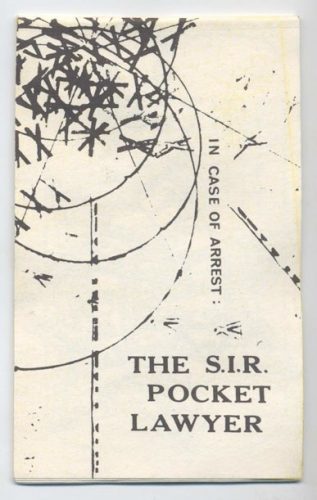You’re handcuffed, hauled into the police station, harassed, interrogated, and thrown behind bars—because you “look” gay.
In the 1950s, every state in America had laws that outlawed homosexuality (even if some were erratically enforced). Police vice squads patrolled public parks and other cruising areas and raided the few bars catering to the LGBT community.
Being arrested—and outed—often had devastating consequences. People lost their jobs, their families, and their reputations.


